The distorted corruption of Imperial Christianity
 |
| Driven Underground Years Ago, Japan's 'Hidden Christians' Maintain Faith | NCPR News |
26 Japanese Christians and imperial missionaries executed on crosses by Japanese warlord
IKITSUKI, Japan (AP) — On a small island in rural Nagasaki, Japan’s Hidden Christians gather to worship what they call their "Closet God." 🏳🌈?
In interviews with The Associated Press, Hidden Christians spoke of a deep communal bond stemming from a time when a lapse could doom a practitioner or their neighbors.
 |
| Discovery at Sanxingdui sacrificial pits reveals new info on ancient China’s greatest treasures. |
.
 |
| Bodhisattva Kannon/Virgin Mary? |
In a special room about the size of a tatami mat is a scroll painting of a kimono-clad Asian woman. She looks like a Buddhist Bodhisattva [Kwan Yin, Guanyin, Avalokita] holding a baby, but for the faithful, this is a concealed version of Mary and the baby Jesus.
Another scroll shows a man wearing a kimono covered with camellias, an allusion to [Saint] John the Baptist’s beheading and martyrdom.
Japan’s Hidden Christians
There are other objects of worship from the days when Japan’s Christians had to hide from vicious persecution, including a ceramic bottle of holy water from Nakaenoshima, an island where Hidden Christians were killed ("martyred") in the 1620s.
Little about the icons in the tiny, easy-to-miss room can be linked directly to Christianity — and that’s the point.
After emerging from cloistered isolation in 1865, following more than 200 years of violent harassment by Japan’s insular warlord rulers, many of the formerly underground Christians converted to mainstream Catholicism.
Factionalism in Christianity started early - Japanese LGBTQIA+ model boy toy gets in the ring.
Some, however, continued to practice not the religion that 16th century foreign missionaries originally taught them, but the idiosyncratic, difficult to detect version they’d nurtured during centuries of clandestine cat-and-mouse with a brutal regime.
- Japan Hidden Christians PHOTO GALLERY © Eugene Hoshiko
On Ikitsuki and other remote sections of Nagasaki prefecture, Hidden Christians still pray to these disguised objects. They still chant in a Latin that hasn’t been widely used in centuries. And they still cherish a religion that directly links them to a time of samurai, shoguns and martyred missionaries and believers.
- Related video: Losing faith? how a rare version of Christianity is heading for extinction in rural Japan (The Associated Press) もう主張を持って言われるということ以前からすれば、もう随分とそのお話を唱える機会っていうのはですね、もう減ってしまって、おまけにあのダンカーと言いますか、そういう方々ももうやめて、わかりによってですね、もうこういうふうになりましたけど、私はいずれは私たちも後継者がもうおそらく以外のもんですから、まあ、私たちのところで終わるでしょうけども、うん。
Now, though, the Hidden Christians are dying out, and there is growing certainty that their unique version of Christianity will die with them. Almost all are now elderly, and as the young move away to cities or turn their backs on the faith, those remaining are desperate to preserve evidence of this offshoot of Christianity — and convey to the world what its loss will mean.
“At this point, I’m afraid we are going to be the last ones,” said Masatsugu Tanimoto, 68, one of the few who can still recite the Latin chants that his ancestors learned 400 years ago. “It is sad to see this tradition end with our generation.”
Hidden Christians cling to a unique version of the religion
Christianity spread rapidly in 16th century Japan when Jesuit priests had spectacular success converting warlords and peasants alike, most especially on the southern main island of Kyushu, where the foreigners established trading ports in Nagasaki. Hundreds of thousands, by some estimates, embraced the religion.
That changed after the shoguns began to see Christianity as a threat. The crackdown that followed in the early 17th century was fierce, with thousands killed and the remaining believers chased underground.
As Japan opened up to foreign influence, a dozen Hidden Christians clad in kimono cautiously declared their faith, and their remarkable perseverance, to a French Catholic priest in March 1865 in Nagasaki city.
Many became Catholics after Japan formally lifted the ban on Christianity in 1873.
But others chose to stay Kakure Kirishitan ("Hidden Christians"), continuing to practice what their ancestors preserved during their days underground.
Their rituals provide a direct link to a vanished Japan
 |
| In Kyushu with Hidden Christians |
Hidden Christians were forced to hide all visible signs of their religion after the 1614 ban on Christianity and the expulsion of foreign missionaries. Households took turns hiding precious ritual objects and hosting the secret services that celebrated both faith and persistence.
This still happens today, with the observance of rituals unchanged since the 16th century.
The group leader in the Ikitsuki area is called Oji, which means father or elderly man in Japanese. Members take turns in the role, presiding over baptisms, funerals, and ceremonies for New Year, Christmas, and local festivals.
Different communities worship different icons and have different ways of performing the rituals.
In Sotome, for instance, people prayed to a statue of what they called Maria Kannon, a genderless Bodhisattva of Mercy [Goddess of Compassion, originally spoken of as a male deva who got culturally converted and made more and more feminine], as a substitute for Mary.
In Ibaragi, where about 18,000 residents embraced Christianity in the 1580s, a lacquer bowl with a cross painted on it, a statue of the crucified Christ and an ivory statue of Mary were found hidden in what was called “a box not to be opened.”
Their worship revolves around reverence for ancestors
 |
| Let's do Zen. - No, no, Christian jiriki is best! |
Many Hidden Christians rejected Catholicism after the persecution ended because Catholic priests refused to recognize them as real Christians unless they agreed to be rebaptized and abandon the Buddhist altars that their ancestors used.
“They are very proud of what they and their ancestors have believed in” for hundreds of years, even at the risk of their lives, said Emi Mase-Hasegawa, a religion studies professor at J.F. Oberlin University in Tokyo.
Tanimoto believes his ancestors continued the Hidden Christian traditions because becoming Catholic meant rejecting the Buddhism and Shintoism that had become a strong part of their daily lives underground.
“I’m not a Christian,” Tanimoto said. Even though some of their Latin chants focus on the Virgin Mary and Jesus Christ, their prayers are also meant to “ask our ancestors to protect us, to protect our daily lives,” he said. “We are not doing this to worship Jesus or Mary.… Our responsibility is to faithfully carry on the way our ancestors had practiced.”
Archaic Latin chants are an important part of the religion
Hidden Christians’ ceremonies often include the recitation of Latin chants, called Orasho.
The Orasho comes from the original Latin or Portuguese prayers brought to Japan by 16th century missionaries.
Recently on Ikitsuki, three men performed a rare Orasho. All wore dark formal kimonos and solemnly made the sign of the cross in front of their faces before starting their prayers — a mix of archaic Japanese and Latin. More




















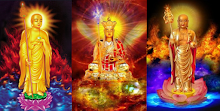



















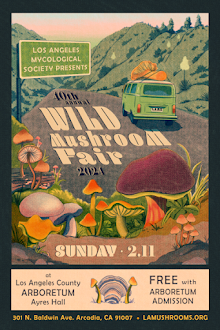




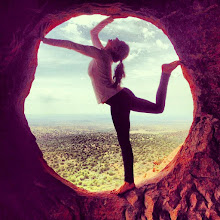
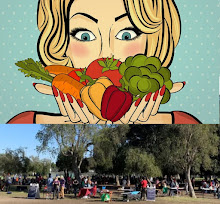


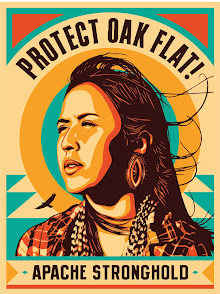






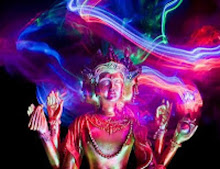


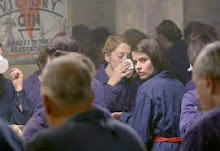






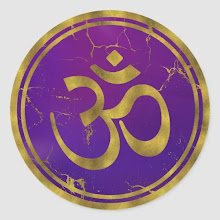
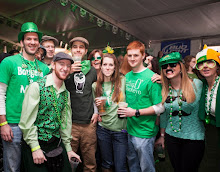




















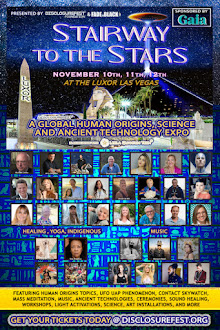









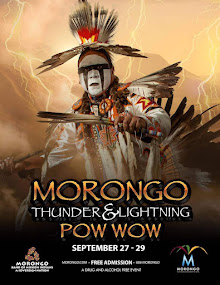













































































































































No comments:
Post a Comment